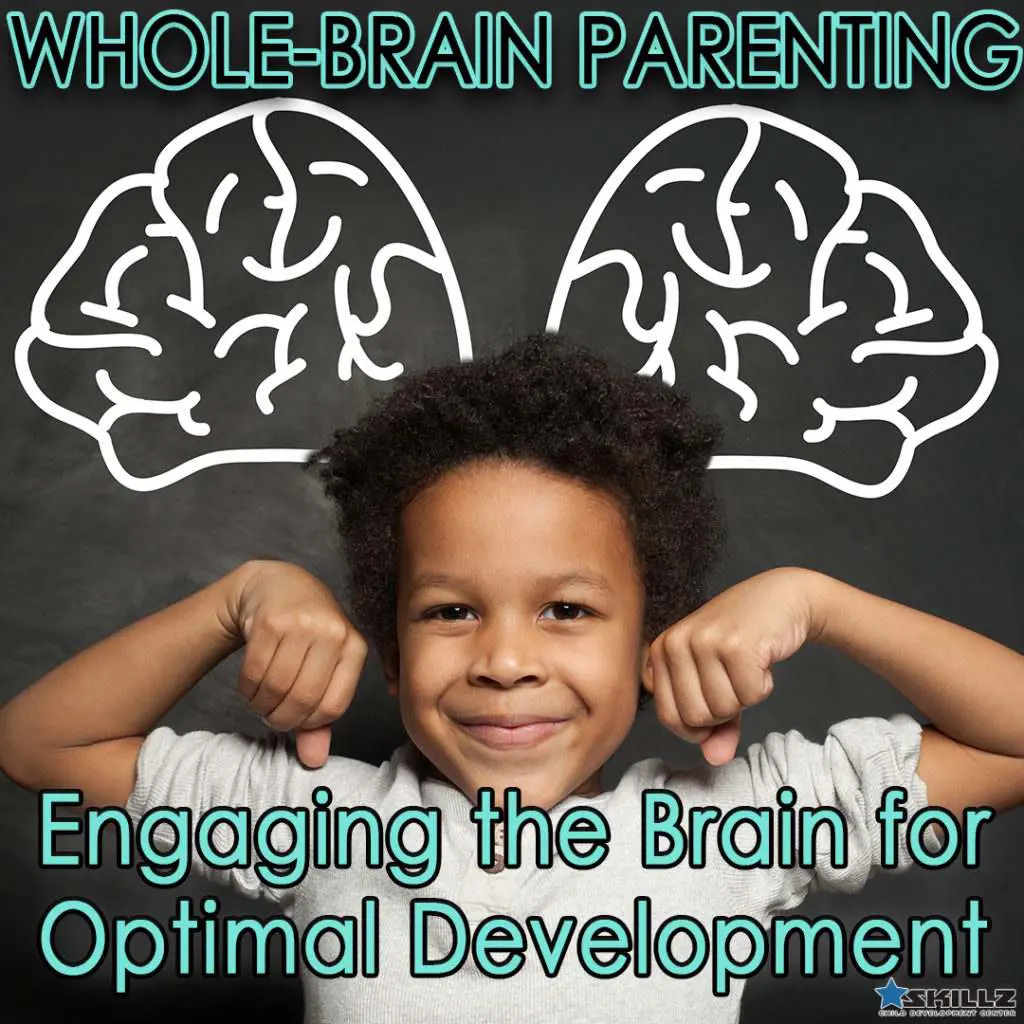Engaging the brain through optimal development.

Getting unstuck when well-being is in danger.
On any given day, we may experience moments of high emotion in reaction to an event, or we find ourselves trying to control everyone and everything around us. Either way, our mental well-being is in danger, especially if we find ourselves stuck in either scenario for long. It can be difficult for children to get unstuck without some help from a parent or other adult. To give children the support they need when faced with this, parents must have a basic understanding of their child’s brain development. By incorporating this knowledge into interactions, parents can support children in learning and growing through a whole-brain approach.
The “River of Well-Being”
To help us get a clear understanding of how these two extreme reactions can present in children,” Dr. Daniel Siegel and Dr. Tina Payne Bryson created the concept of the “river of well-being” in the book “The Whole-Brain Child.” Along the river of well-being, there are two banks: the “bank of chaos” located in the right brain, and “the bank of rigidity” located in the left brain.
The “Bank of Chaos”
The bank of chaos focuses on emotions rather than the content of an event. This side also receives input from the primitive “downstairs brain,” which, combined, creates strong feelings related to experiences and relationships. The waves of these intense emotions can lead to feeling overwhelmed or out of control. Up to about the age of 3 years old, children are primarily functioning from the right side of their brain. Due to their lack of language development, getting stuck on the “bank of chaos” can often happen. As children get older, they can better express themselves; however, the underdevelopment of the logical, “upstairs brain” still makes it difficult for them to avoid getting stuck on the right side.
The “Bank of Rigidity”
On the left side of the “river of well-being” is the “bank of rigidity.” This side is very literal and creates structure in our minds. When children start asking “why,” parents will know the “left brain” has begun to respond. And while this integration is good, children that become emotionally overwhelmed can find themselves stuck on this bank where they become too literal and lose view of the whole picture. They will then avoid the strong feelings and end up in an “emotional desert.” When this happens, children will appear distant and say things such as “I don’t care” because they only hear the words and ignore non-verbal cues. This response makes them less willing to cooperate.
The SKILLZ Connection
When children get stuck on either side of the river of well-being, parents must be attuned and respond accordingly. The SKILLZ Child Development approach helps parents implement the best tactic when faced with this. By applying the Parent SKILLZ techniques, parents connect with their children, are patient in responding, and nurture appropriate responses. Since during an emotional flood is not the time to insert logic, parents should “connect to the right” by validating their child’s emotions and helping them calm down. Once the child is more relaxed, then parents can “redirect to the left” and help the child brainstorm more logical reactions.
Create Opportunities for More Coordination
By promoting horizontal integration between the right and left sides of the brain, parents can create a more harmonious arrangement from which children can learn and grow. Understanding that the brain is influenced by the way we parent can help create opportunities for more vital brain coordination. This leads to healthier brain development and fosters a strong parent-child bond and leads to happier children.
Written by Jennifer Salama, SKILLZ Content Creator
